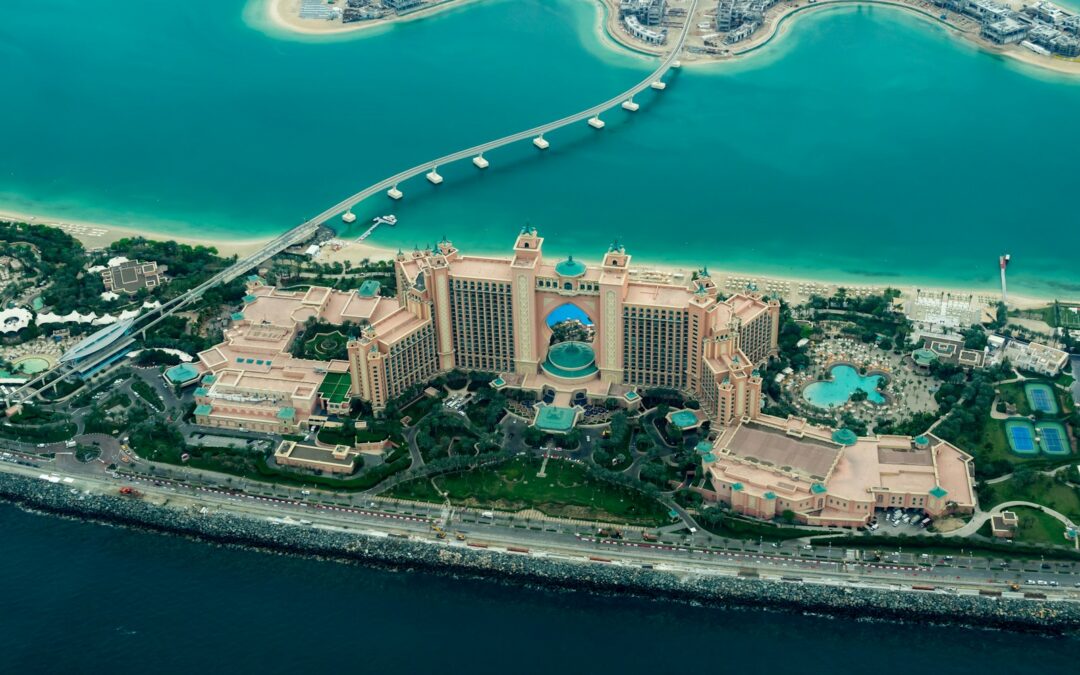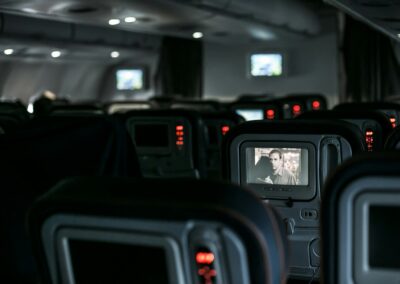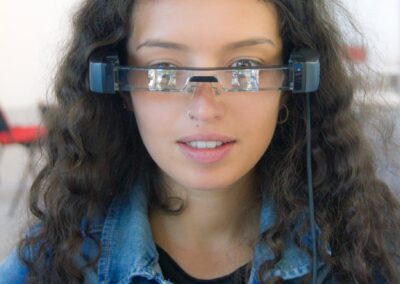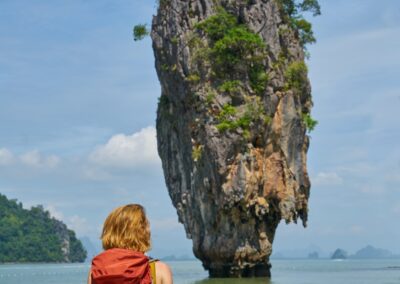Understanding the Complexities of AR Tourism Applications
Technical Challenges in AR Tourism Development
Augmented Reality (AR) applications have the potential to transform the tourism industry by providing interactive and immersive experiences for travelers. However, developing these applications comes with a set of technical challenges that must be addressed to ensure high-quality user experiences. In regions such as Saudi Arabia and the UAE, where tourism is a significant economic driver, overcoming these challenges is essential for creating successful AR tourism solutions.
One of the primary technical challenges in developing AR applications for tourism is ensuring accurate and reliable location tracking. AR applications rely heavily on precise positioning to overlay digital content onto the physical environment accurately. However, GPS signals can be inconsistent, particularly in urban areas with tall buildings or in remote locations with limited satellite coverage. To address this, developers are increasingly using a combination of GPS, Wi-Fi, and Bluetooth signals, along with computer vision techniques, to improve location accuracy.
Another critical challenge is managing the computational load required for real-time AR experiences. AR applications must process vast amounts of data to render digital content seamlessly on the user’s device. This requires powerful hardware and optimized software algorithms. Leveraging cloud computing and edge computing can help distribute the processing load, ensuring smooth and responsive AR experiences even on devices with limited computational power.
Designing User-Centric AR Tourism Applications
Creating AR tourism applications that deliver high-quality user experiences requires careful attention to user interface (UI) and user experience (UX) design. The primary goal is to make the application intuitive and engaging for users of all ages and technical backgrounds. This is particularly important in cities like Riyadh and Dubai, where diverse tourist populations expect seamless and accessible digital experiences.
Designers must consider various factors, including the ease of use, visual appeal, and accessibility of the application. The UI should be straightforward, with clear instructions and intuitive navigation. Using visual cues and interactive elements can enhance user engagement and make the experience more enjoyable. Additionally, providing multilingual support is crucial for catering to international tourists.
User feedback is invaluable in the design process. Conducting usability testing and gathering feedback from real users can help identify pain points and areas for improvement. Iterative design, where the application is continuously refined based on user feedback, ensures that the final product meets the users’ needs and expectations.
Content Creation and Management in AR Tourism
The success of AR tourism applications largely depends on the quality and relevance of the content provided. Developing engaging and informative content is a significant challenge, as it requires collaboration between content creators, historians, and local experts. In Saudi Arabia and the UAE, where cultural heritage and historical sites are major attractions, accurate and compelling content is essential.
Content must be meticulously researched and curated to provide valuable insights and enhance the visitor’s experience. This includes historical facts, interactive storytelling, and visual reconstructions of ancient sites. Using high-quality 3D models and animations can bring historical landmarks to life, offering tourists a deeper understanding of their significance.
Managing and updating content is another critical aspect. AR applications should have a robust content management system (CMS) that allows for easy updates and additions. This ensures that the information remains current and relevant, reflecting any changes or new discoveries. Partnering with local cultural institutions and tourism boards can provide access to valuable resources and expertise for content development.
Strategies for Overcoming AR Tourism Development Challenges
Leveraging Advanced Technologies
To overcome the challenges of developing AR applications for tourism, leveraging advanced technologies is essential. Implementing AI and machine learning algorithms can enhance the accuracy and responsiveness of AR applications. AI can analyze user behavior and preferences, offering personalized recommendations and adaptive content. Machine learning algorithms can improve location tracking and object recognition, providing more accurate and immersive experiences.
Blockchain technology can also play a role in ensuring the integrity and security of AR applications. By using blockchain, developers can create secure and transparent systems for managing user data and digital assets. This is particularly important in tourism, where trust and reliability are paramount.
Collaborative Development Approaches
Collaboration is key to the successful development of AR tourism applications. Bringing together experts from various fields, including technology, tourism, and cultural heritage, can provide a holistic approach to development. Public-private partnerships can facilitate access to resources, funding, and expertise. In cities like Riyadh and Dubai, such collaborations can drive innovation and create world-class AR tourism solutions.
Engaging with local communities and stakeholders is also crucial. Involving local experts and cultural institutions in the content creation process ensures that the information is accurate and authentic. Additionally, community engagement fosters a sense of ownership and pride in preserving and promoting cultural heritage.
Conclusion: Embracing AR for a New Era of Tourism
The development of AR applications for tourism presents both challenges and opportunities. By addressing technical complexities, focusing on user-centric design, and leveraging advanced technologies, developers can create high-quality AR experiences that enhance the tourism industry. Collaboration and community engagement are essential in overcoming these challenges and ensuring the success of AR tourism applications.
As AR technology continues to evolve, its potential to revolutionize tourism is immense. In regions like Saudi Arabia and the UAE, where cultural heritage and modern innovation intersect, AR applications can provide immersive and educational experiences that attract and engage tourists from around the world. By embracing AR, the tourism industry can enter a new era of interactive and informative travel experiences.
—
#ChallengesOfDevelopingARApplicationsForTourism #ARTourismSolutions #AugmentedRealityInTourism #ARTechInSaudiArabia #UAETourismInnovation #RiyadhTravelTech #DubaiARTourism #ModernTechnologyInTravel #BusinessSuccess #LeadershipInTourism #ProjectManagement























